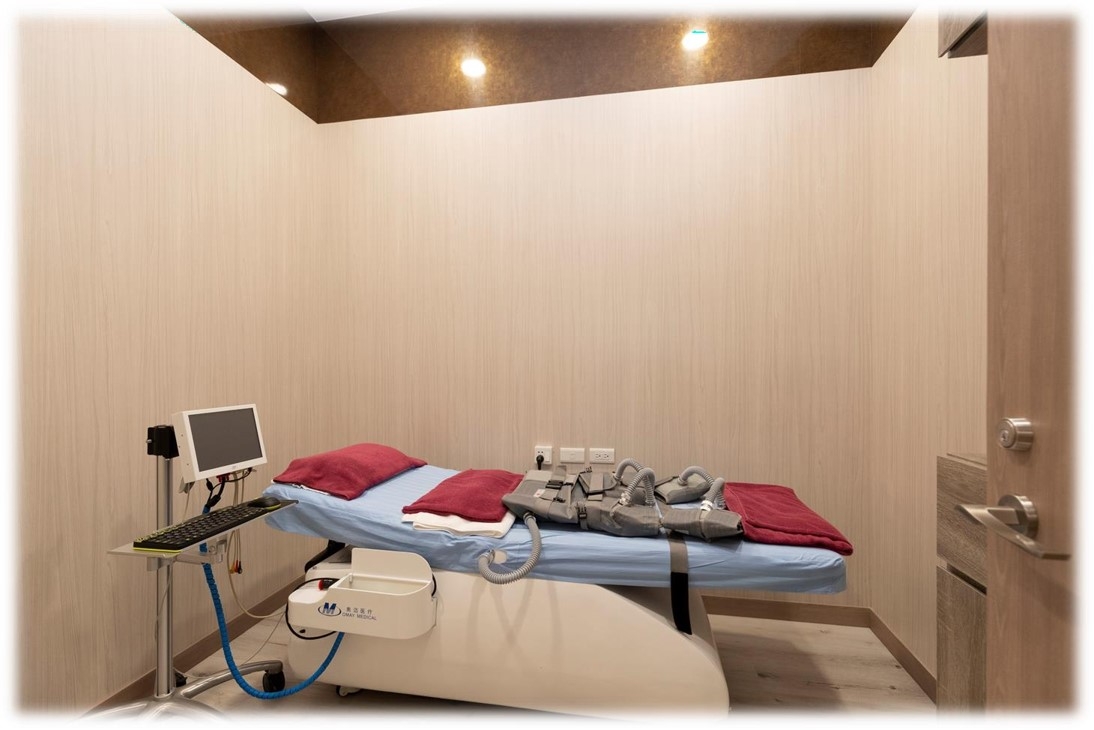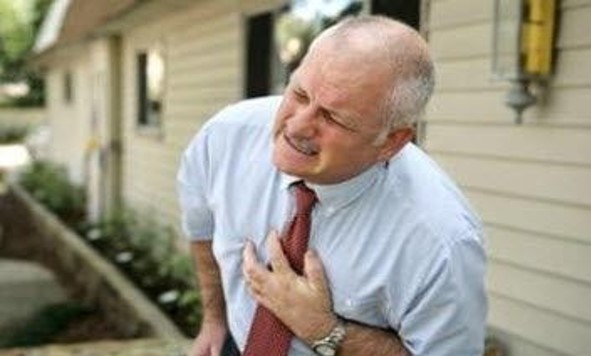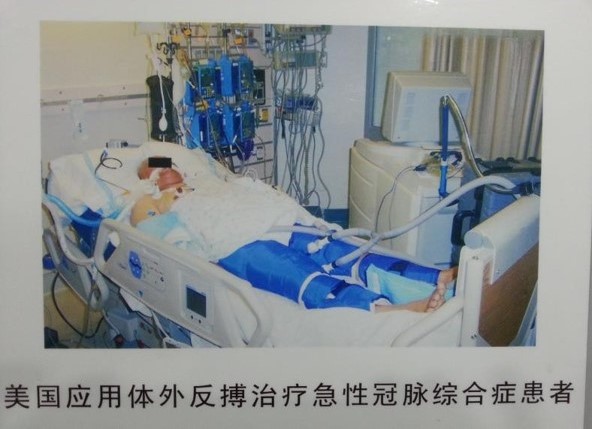Medical Equipment
Medical Equipment
Product > Medical Equipment
EECP(Enhanced External Counter Pulsation)
Overview:
Artificially increase the peripheral resistance of the heart in the early-middle diastolic period of the heart to achieve the purpose of increasing the blood pressure in the early-middle period. This method of reverse aortic blood flow is called counterpulsation.
The main feature of counterpulsation is that the pressurization and decompression in the airbag must be synchronized with the heartbeat. Otherwise it will be a positive or chaotic beat. External counterpulsation therapy is an auxiliary treatment method that uses external force to promote blood circulation. External counterpulsation is a non-invasive and side-effect-free therapy that has been widely used clinically. In addition, external counterpulsation can also reduce blood viscosity and resist free radicals, which are beneficial to the recovery of ischemic cerebrovascular disease.
Working principle of external counterpulsation: :
The process of external counterpulsation treatment is: bandage air bags on the calf, thigh, and buttocks respectively, and use electrocardiography to trigger. Increase the pressure step by step to drive blood back, increase the blood volume returning to the heart, and promote the establishment of coronary artery collateral loops. When the heart contracts to supply blood to the whole body, it relaxes the air sacs, reducing the peripheral resistance, reducing the burden on the heart, and improving heart function. This tightening and loosening obviously massages the legs and buttocks, improving the peripheral circulation.
- Clinical application - heart disease:
Stable angina (ie, stable exertional angina)
Unstable angina (including initial exertional angina, worsening exertional angina, and spontaneous angina)
Asymptomatic myocardial ischemia
Acute myocardial infarction, or with cardiogenic shock
Old myocardial infarction accompanied by myocardial ischemia
Arrhythmias caused by insufficient blood supply to the heart muscle, such as atrial premature beats and premature ventricular beats
Ischemic sick sinus syndrome (pulse over 40 beats/min)
Viral myocarditis and its sequelae
Hypovolemic shock following open-heart surgery
After coronary artery bypass grafting
After percutaneous transluminal coronary angioplasty (PTCA)


